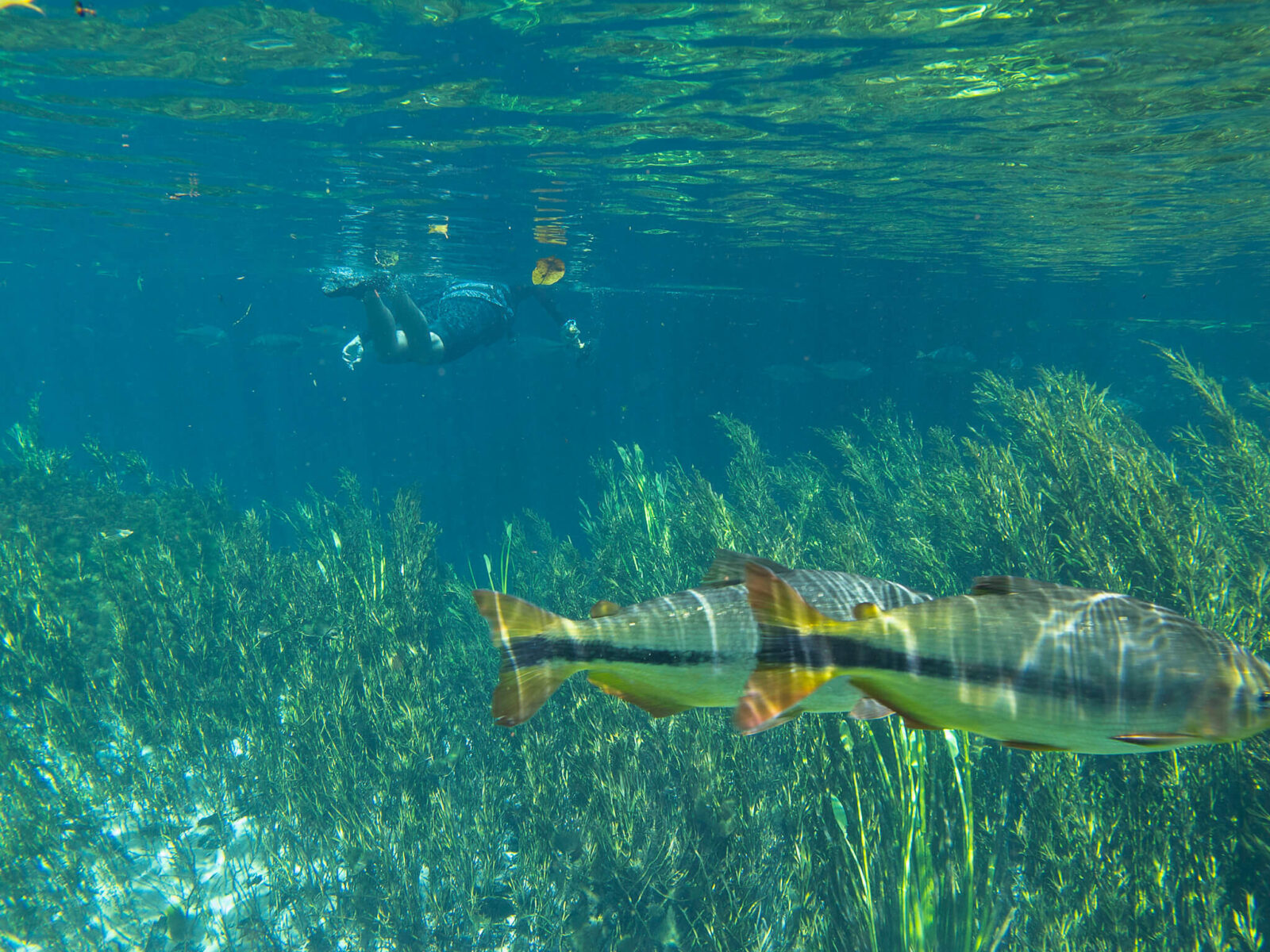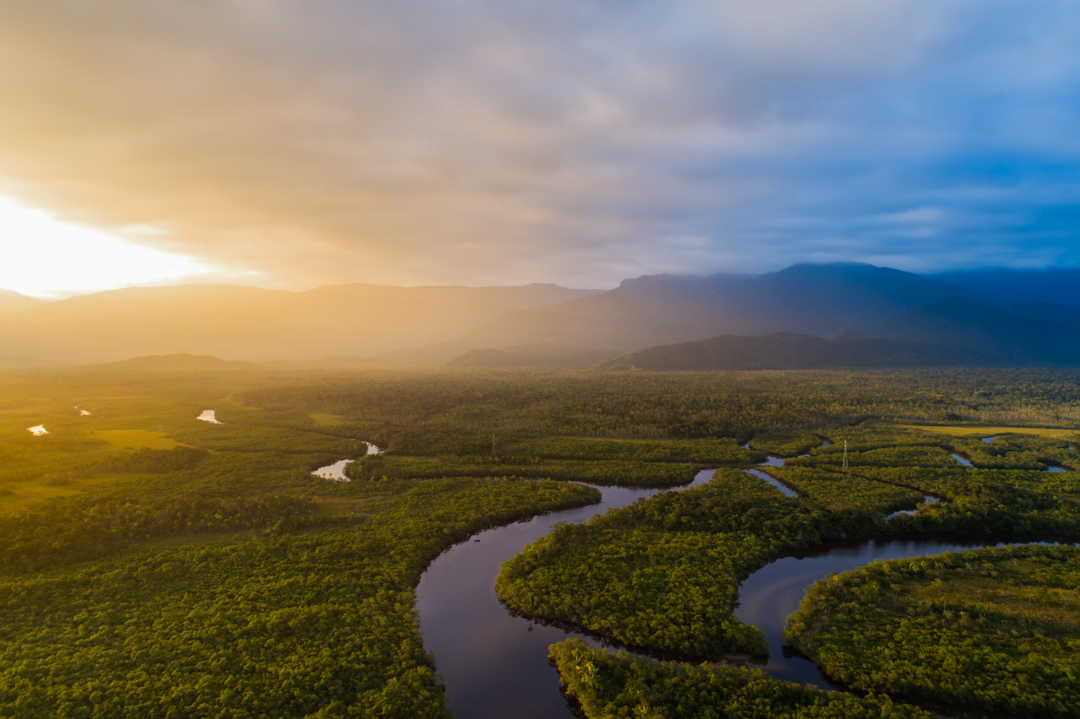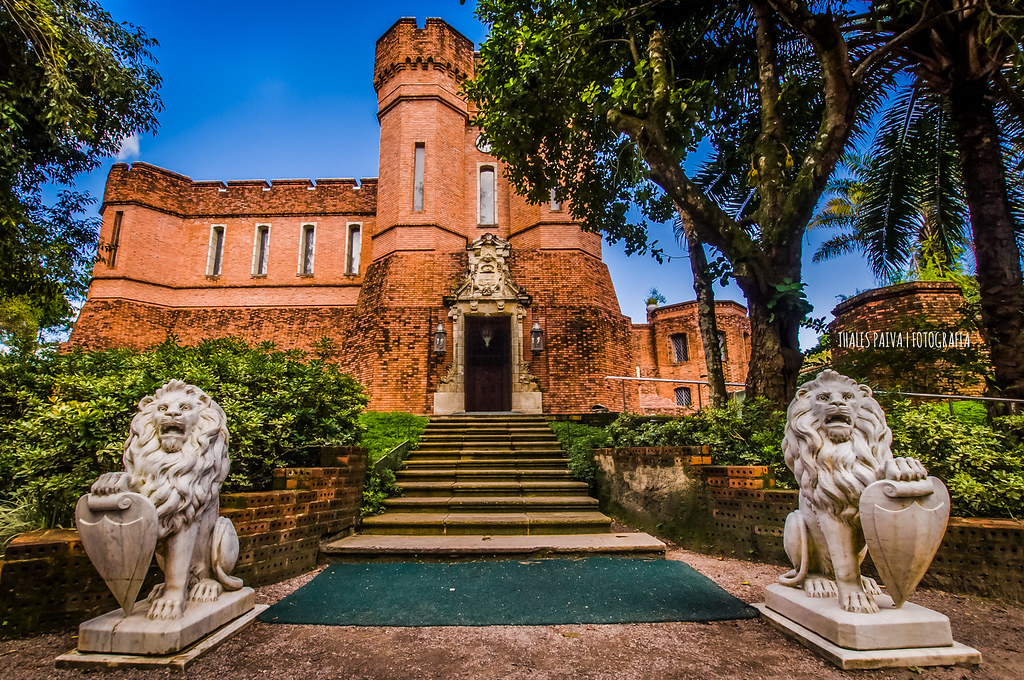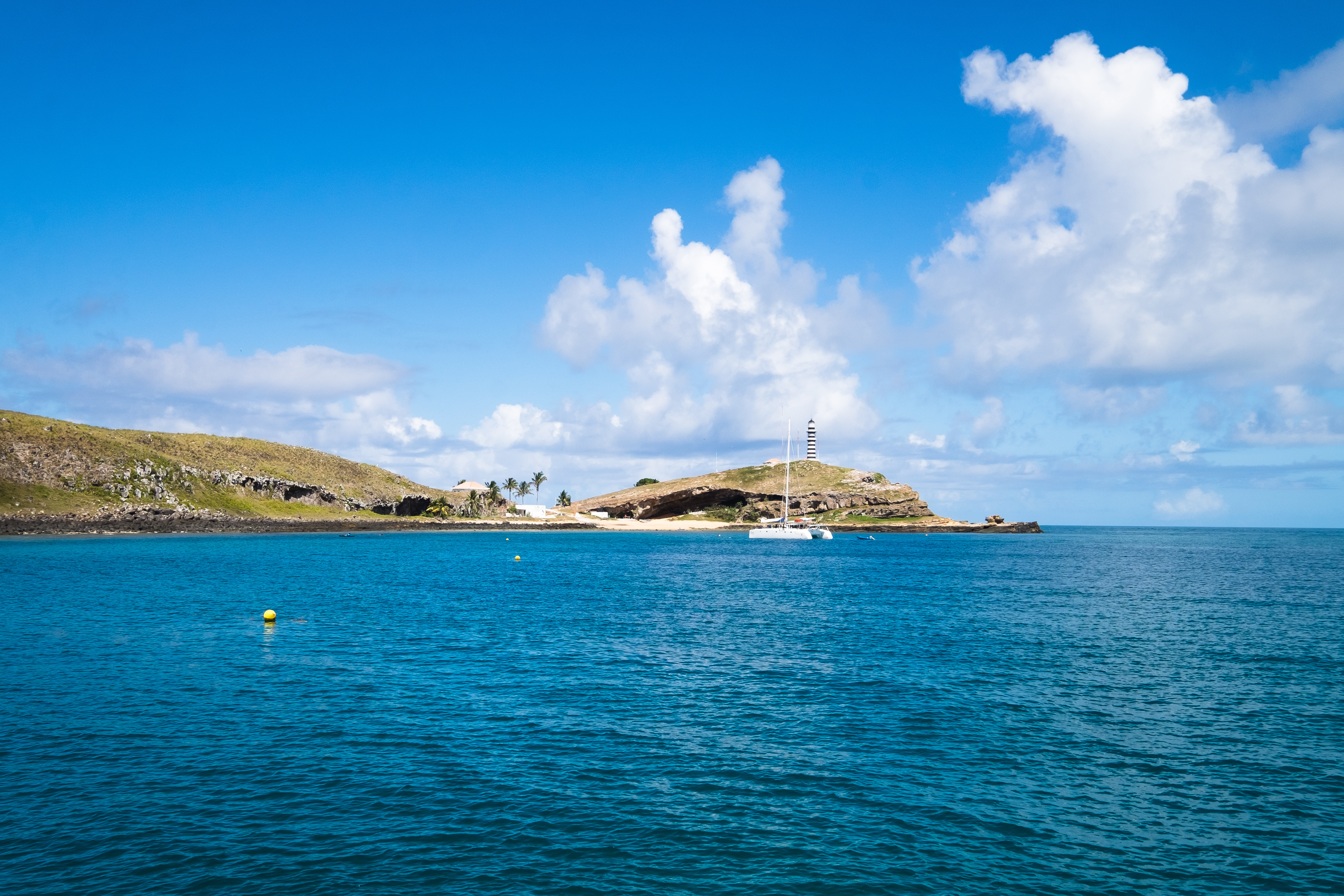Paraty has become a tourist destination, known for its historic town center and the coast and mountains in the region. The historic center of the city, as well as four areas of the Atlantic Forest, were inscribed on UNESCO World Heritage List in 2019 under the title “Paraty and Ilha Grande”.
In Brazil, many places have a great historical importance. And this story necessarily goes through the colonial origin of the country, thanks to the arrival of Portuguese navigators. The city of Paraty, in Rio de Janeiro, is one that examples of colonial architectural heritage, and it still be almost completely preserved in the sense of spirit and landscape of its beggining times. Its cobblestone streets and mansions and churches are virtually intact compared to the time of its foundation. The Historic Center is considered by UNESCO as “a more harmonious colonial architectural ensemble”. But it is wrong to think that the city has stopped in time. Luxury accommodation, modern boat rides and incredible dining experiences are part of the tourist itinerary of Rio de Janeiro.
Founded in 1667, the city has watched Brazil from afar. At the time of the heavy exploitation of sugar cane, the city and its surroundings had about 250 mills. This tradition of sugar production, especially in relation to cachaça, continues today. Paraty exports some of the top labels for high end cachaça worldwide. In the eighteenth century, it played a fundamental role as a port that drained gold and precious stones from Minas Gerais to Portugal. Unfortunately, it suffered economic isolation after the construction of the Royal Road, which led directly to Rio de Janeiro. This aspect may have had as its main result the preservation of the original architecture of the city.
All this historical mood also translates into the city’s events. Paraty hosts the Paraty International Literary Festival (Flip), for example. The event annually brings together writers, filmmakers and historians from around the world to discuss literature for five days. There are also others such as the Feast of the Divine, Corpus Christi, the Feast of Our Lady of Remedies and Our Lady of the Rosary.
But the city does not live only from the past. Paraty Bay has 60 beaches, some accessible by car and others only by boat. Also, there are other natural beauties. Saco do Manguaguá, for example, an 8 km long and 2 km wide sea inlet. In it, there are 33 beaches and 8 caiçaras communities. There is also a preserved mangrove area, which contributes to a wide range of flora and fauna.
The temperature in Paraty ranges from 16 to 37 °C (61 to 99 °F). Its wettest month is February.[4] However, sea breezes temper the heat and afternoon rains are common in the summer.
Baroque Churches
1. Capela de Santa Rita (Chapel of Saint Rita)
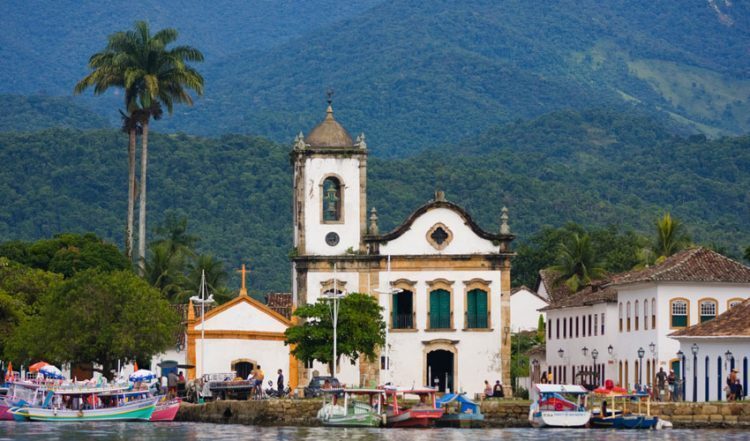
The oldest church in Paraty, it was completed in 1722. This was the church of the white elite and freeman, former slaves. It is currently home to the Museum of Sacred Art.
2. Igreja de Nossa Senhora do Rosário e São Benedito (Church of Our Lady of the Rosary and Saint Benedict)
This church was built and used by Paraty’s African slaves. It dates back to the year 1725. The church has a much simpler, more rustic style than the other three churches in Paraty.
3. Capela de Nossa Senhora das Dores (Chapel of Our Lady of Sorrows)
This chapel was founded in 1800. It was used mostly by the rich women of society. The building was later renovated in 1901. The image of Nossa Senhora da Piedade was stolen from this chapel. It was finally recovered in the 1990s, and now can be seen at the Museum of Sacred Art in the Capela de Santa Rita.
4. Igreja Matriz Nossa Senhora do Remédios (First Church of Our Lady of the Remedies)

It is the largest church in Paraty. Its construction began in 1646. The church was completed in 1873.




